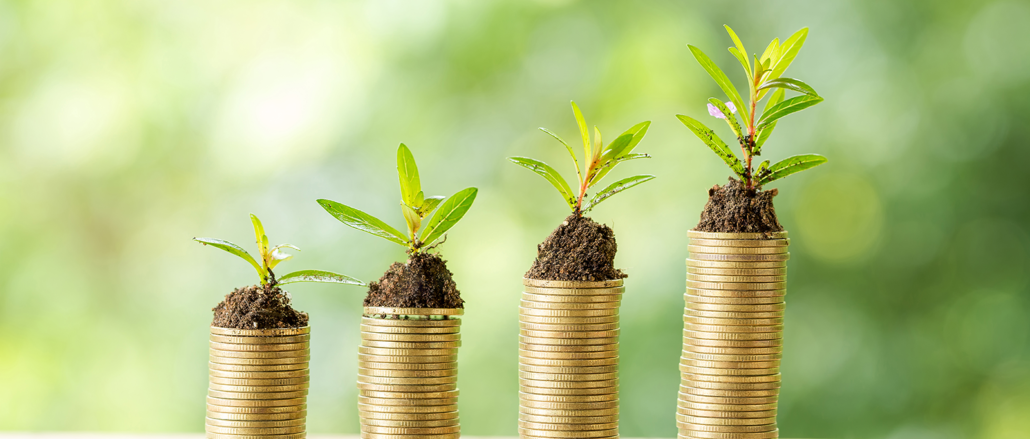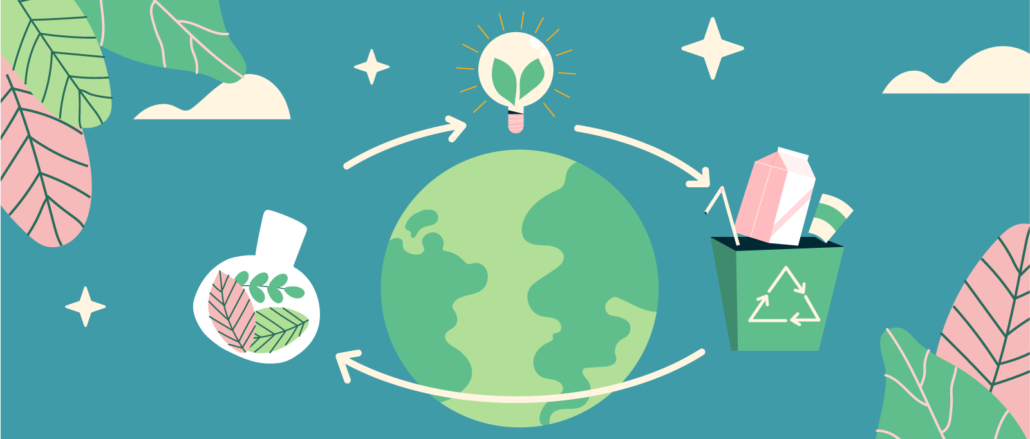Blog
Find here our articles related to CircularPlace’s activities, the circular economy and the ecological transition.


Online shopping has become increasingly popular in recent years, offering increased convenience and accessibility to consumers. However, it is important to recognize the negative impact of online shopping on the environment. In this article, we will explore the negative environmental impacts of online shopping and how to reduce them.
This practice is just as problematic as simple shopping.
The carbon footprint of online shopping
Online shopping may seem like a greener option, as it eliminates the need to travel by car or public transportation to a physical store. However, online shopping has its own carbon footprint. Packages must be delivered, which requires delivery trucks that emit greenhouse gases. The warehouses and sorting centers required to handle the huge volume of packages in circulation also have a significant carbon footprint. Excessive packaging used to protect items during shipping and returns also contributes to waste.
Impact on natural resources
Online shopping can also have an impact on natural resources, especially water and fossil fuels. The data centers that store the information needed for online shopping require energy to operate, and that energy often comes from fossil fuels. Generating the electricity needed to power data centers can result in significant consumption of water and other natural resources.
Electronic waste
Online shopping can also contribute to waste. The electronic devices needed to place orders online, such as computers, smartphones and tablets, have a limited lifespan and are often replaced regularly. Waste from digital products can be difficult to recycle, and its accumulation in landfills can lead to serious environmental problems.
Impact on the life cycle of products
Online shopping can contribute to a fast-paced consumer culture, where products are bought, used once or twice, and then thrown away. This can increase the amount of waste generated and have a negative impact on the environment.
Moreover, 1 out of 4 packages is returned, for some products such as in the fashion sector, we are talking about a return rate of over 40%. It is estimated that returning a product has twice the environmental impact and this is due to the fact that returns are individual and therefore there is a multiplication of trips, compared to an online purchase.
How to reduce the environmental impact of online shopping?
There are several ways to reduce the environmental impact of online shopping. Here are some ideas:
- Reduce the frequency of online purchases : It is important to ask yourself if online shopping is really necessary before you check out. Try to combine several purchases into one order to reduce the number of deliveries and therefore the carbon footprint.
- Promote eco-responsible companies : Research and purchase from companies that have environmentally friendly practices, such as using recycled materials, optimizing packaging and reducing greenhouse gas emissions.
- Opting for sustainable modes of transportation : Sustainable modes of transportation such as cycling or walking can be used to pick up packages at collection points to reduce greenhouse gas emissions. Alternatively, you can choose more sustainable delivery options such as public transportation, consolidated packages or bicycle delivery.
- Reduce packaging : If possible, ask companies to use more environmentally friendly packaging or opt for reusable packaging options.
- Recycling packaging : Recycle cardboard and plastic packaging, or choose recycling options at collection centers.
- Encourage second hand : this practice exists for the clothing sector but also for furniture, electronic equipment…
At CircularPlace, we accompany you in your zero carbon footprint approach with our anti-waste solutions.
Ourmarketplace is a 3-step process to add value to your unsold and stagnant inventory:
- TheResale, thanks to our marketplace you can sell in batch your equipment and unsold non-food items.
- Donation: if your products do not find takers on sale, our platform allows you to propose your lot in donation to associations.
- Recycling: if your profucts do not find takers, they can be recycled.
CircularPlace has also developed a platform for internal circularity, you can consult our article about our White Label solution
Read also
Questions about CircularPlace?
Want to follow us?
Subscribe to our newsletter!



